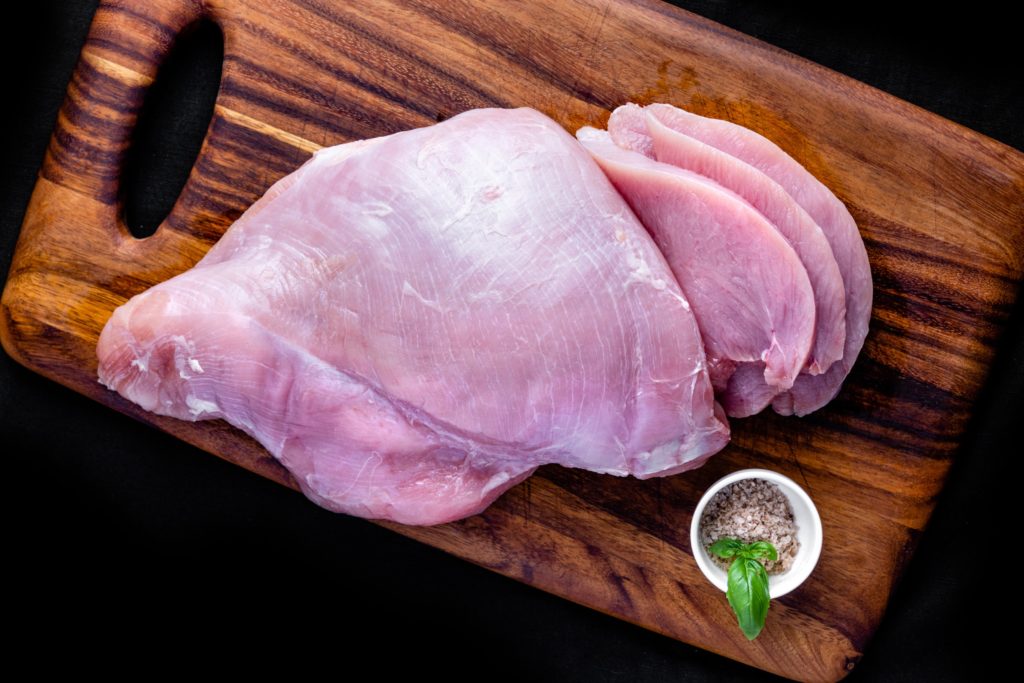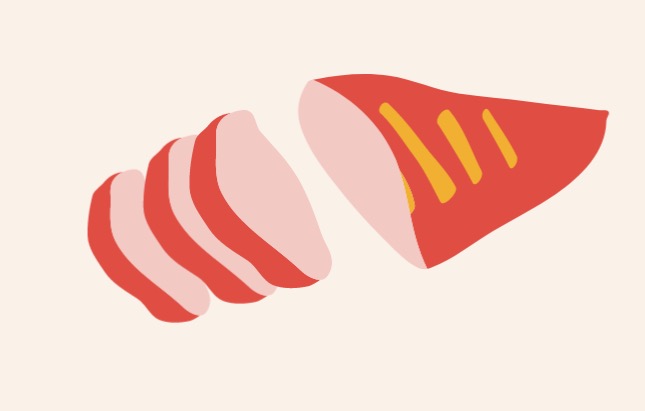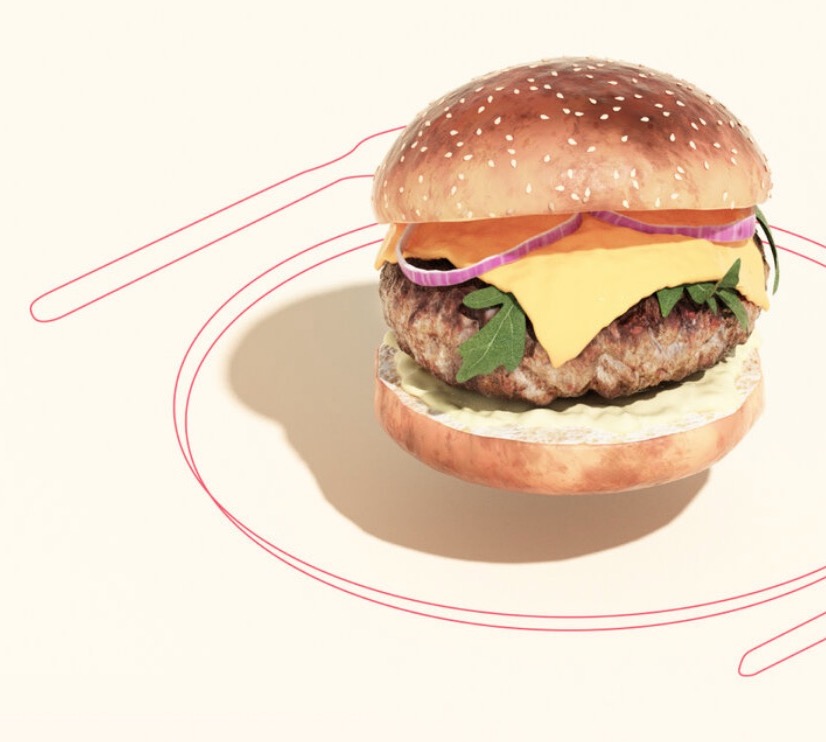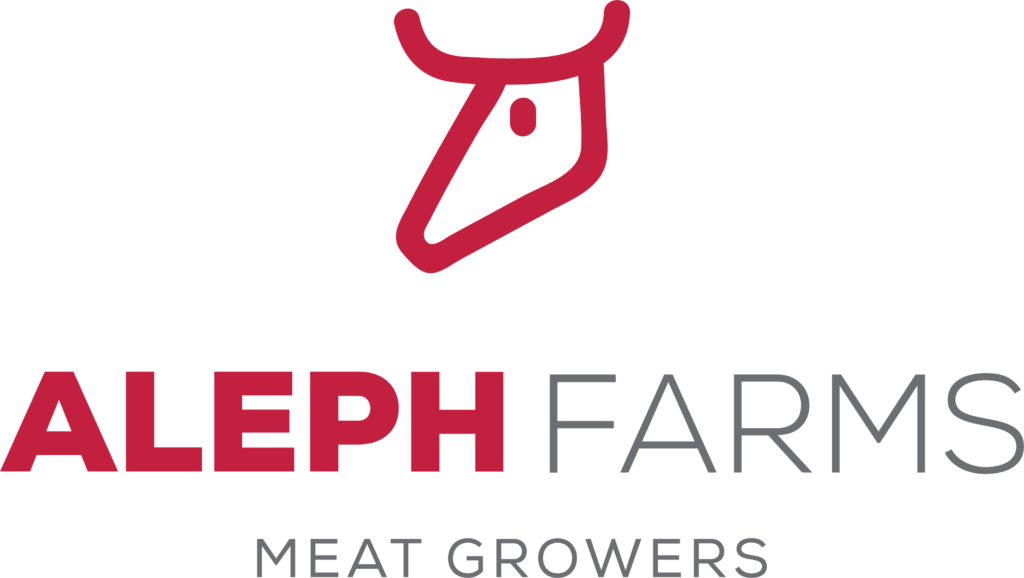Cover photo: UPSIDE Foods
I would definitely taste it, and so would you.
The world’s population is growing at an alarming rate. We are consuming the planet’s resources as never before, and pollution is speeding up climate change. So, we must find solutions on all fronts and not only in the energy field.
Nowadays, we have electric and hydrogen vehicles, which are bit by bit taking over combustion engines, plus wind and solar energy to counter fossil fuel power generators. And in a few decades, nuclear fusion could produce an infinite source of clean energy.
But regarding food, merely a few have presented alternatives, and this could turn into a crisis for years to come. By 2050, the world’s population is projected to reach 9.8 billion people. Imagine feeding us all at least twice a day. Modern agriculture is becoming unsustainable. In a couple of decades, there might not be enough land to grow food for everybody. Climate change is transforming once arable lands into arid swathes of desert.
However, there’s still hope. Look.
In the last decade, the idea of creating food using science has been gaining traction, and what once was sci-fi is now a reality: Cultured Meat. It has been hailed as an answer to world hunger and a shift in the way we produce food.
As its production does not involve the slaughter of animals, it is a more ethically sound and sustainable solution since livestock farming takes vast amounts of land along with natural resources and is one of the big causes of global warming.
Cultured meat could be the next agricultural revolution.
This article will explore what cultivated meat is, the technology involved, and its environmental benefits. In addition, all the advantages it offers over traditional methods of producing animal products.
Today’s Focus of Attention is reader-supported. We sometimes include products we think are useful for our readers. If you buy through links on this page, we may earn a small commission.
What is Cultured Meat?

It is an alternative to regular meat that is made in labs from animal cells and grown in factories. It is also called clean meat, cultivated meat, or lab-grown meat.
It is healthier for consumers, in theory, and more sustainable than livestock farming and slaughtering, not to mention eco-friendly.
This product is obtained by taking stem cells from an animal and then culturing them in a medium, where they grow into muscle tissue.
To view the entire picture, the cells coming from a single chicken allow for the cultivation of the same amount of poultry that ordinarily would come from hundreds of thousands of traditionally farmed birds.
A comprehensive study from Oxford University revealed that avoiding meat and dairy is the best way to reduce our impact on the planet, given that animal protein provides only 18% of calories but uses a staggering 83% of our farmland.
At the same time, the United Nations reported that shifting towards a vegan diet is crucial to keeping the Earth safe. Healthier diet, healthier world.
How is Cultured Meat Produced?
Let’s look at the process of making chicken meat at UPSIDE Foods, an American business founded in 2015.
In November 2022, this company became the first in the United States to receive regulatory approval from the Food and Drug Administration (FDA).
Here’s their method:

Step 1 – Selection

The process starts by taking a small piece of a primary cell from a chicken, or from a fertilised egg. UPSIDE’s team picks the best cells for developing a commercial cell line.
The winning cells are selected based on their ability to produce high-grade meat and consistent growth.
This stage is called ‘immortalisation.’
After the cell line is determined, technicians can draw from it for years – if not decades – without the need to take additional cells from animals.
Step 2 – Nourishment

This phase involves nourishing the winning cells.
The company developed a cell-culture medium that is optimised for the cells’ needs and includes common compounds found in animal food such as amino acids, fatty acids, sugars, salt, and vitamins.
Of course, all these components are given in microscopic proportions.
Step 3 – Cultivation

After that, the personnel place the cell medium into a vessel called ‘cultivator’, which keeps the right temperature and oxygen levels for the cells to grow and multiply.
At the beginning, the cells are placed in small cultivators, but as the volume of the tissues increases, they are sent to larger cultivators.
Step 4 – Harvest

Around three weeks later, the tissue is ready and is removed from the cultivators.
The tissue takes the form of the cultivator where it grew, but like regular meat, it can take on any shape.
Once harvested, the meat is set to be inspected, prepared, packed, served, and enjoyed.
UPSIDE Foods works closely with the US Department of Agriculture (USDA) and the Food and Drug Administration (FDA) to make sure that everything meets the highest standards of production and quality.
What Are the Pros and Cons of Cultured Meat?
Let’s delve into the strengths and weaknesses of this up-and-coming product that sooner rather than later will be on our tables.
Pros
- Production time is about 3 weeks (traditional meat takes 2-3 years)
- Cultured meat uses at least 70% less water.
- Greenhouse gas reduction by 90%
- No crops to feed livestock, deforestation, or destruction of ecosystems
- No toxic waste pollution from faeces
- No E. coli, Salmonella, or zoonotic diseases
- The amount of fat can be controlled.
- Better animal welfare: animals in farming live in horrific conditions, including confinement, physical abuse, and unnatural environments.

Cons
- More expensive to produce.
- Not yet available in large quantities.
- The long-term effects are still unknown.
- It may use Foetal Bovine Serum, which is taken from the blood of a dead calf. However, some companies have claimed they are not using this serum to cultivate meat.
- Cultivated meat cannot substitute livestock, as a broad spectrum of products come from animals (milk, leather, blood, gelatin, keratin, tallow, hooves, etc.)
When Was Cultured Meat First Produced?

The first cultured beef hamburger ever was presented on live television in London in 2013. It was made by Professor Mark Post from Maastricht University in the Netherlands, taking him over two years of research and around $300,000.
On air, Hanni Rützler, a nutritional scientist and food trends researcher, said: “The consistency is perfect. This is meat to me. It’s really something to bite on, and I think the look is quite similar. Even in a blind trial, I would have taken the product for meat rather than a soy copy.”
Following the TV presentation, Professor Post received funds and created Mosa Meat, one of the biggest players in the sector.
What Companies Are Producing Cultured Meat Now?
Even though most people have never tasted cultivated meat, an avalanche of businesses is growing in this field.
In 2016, only four companies were on the radar, but in 2023, over 99 firms are developing components, services, and lab-grown products.
The most prominent are Aleph Farms, Mosa Meat, Higher Steaks, Biotech Foods, Eat Just, Good Meat, Believer Meats, UPSIDE Foods, and Meatable.




Everything exploded in 2020, when Singapore’s Food Agency approved the American firm Eat Just to sell its cultured chicken to the public.
But it was the mere beginning. In December 2022, the Israeli company Believer Meats started to build the biggest cultured meat plant in the world in a 200,000 square-foot facility in Wilson, North Carolina, with a capacity of 10,000 metric tonnes.
Believer doesn’t have the green light from the FDA, so we can see it as a leap of faith in the cultivated meat market.
Another company with blind faith is Good Meat, a branch of Eat Just. They are planning to build a factory in the United States, aiming to start producing by late 2024.
Good Meat boasts of being the only firm to sell cultivated chicken at Huber’s Butchery in Singapore.
Even though the FDA has only given regulatory approval to UPSIDE Foods, that hasn’t stopped the other companies from trying to join this exclusive club.
How is the Marketplace for Cultivated Meat?
In theory, cultured meat is convenient because it’s sustainable. That is its strength.
By 2040, 60% of meat is going to be produced from cells in cultivators. Then, sold in supermarkets and restaurants.

The clean meat market is seen as a major disruptor in the traditional meat market. And in 10 or 20 years, the industry will have the ability to offer tailor-made solutions to those with specific tastes.
The stream of investment into the sector is coming from everywhere. One of the main investors in this field is Cargill, as this company has focused its efforts on UPSIDE Foods and Aleph Farms.
What About Europe?
No sign of approval; the European Food Safety Authority (EFSA) has said nothing.
Nevertheless, research suggests that the European market will be worth $818m by 2026. In the UK, this estimate is around $429m.
But these figures pale in comparison to China, North America, and Asia-Pacific, where the markets are projected to be worth $14bn, $4.4bn, and $1.5bn respectively.
Investments in the Cultured Meat Sector
The United States wins by a huge margin, with about $1.7bn raised. Israel is in second place, with $616m.
In Europe, the Netherlands leads the chart with $159m. No wonder, given that this is the home of Mosa Meat, the company founded by the creator of the first cultured beef hamburger ever.
In the third position is Singapore, raising $129m.
Challenges in the Cultivated Meat Industry

Cultured meat is a new industry, so it has to pay the price for being a rookie. A rite of passage, if you will.
Before it can become a possible threat to the well-established animal-based market, it has to get past a number of obstacles.
The biggest problem for a nascent business like this is cutting down on production costs, followed by safety worries.
But everything boils down to consumer acceptance. If people are not interested in the product, it won’t take off. Opinions are divided.
While some are reluctant, others would surely try it without hesitation provided that they find it affordable and tasty. Vegans won’t, but they applaud the arrival of this product as it might save millions of animals from slaughter.
One way to increase demand is by raising awareness regarding cultured meat’s impact on the environment, animal welfare, and, of course, health.
Let’s see what the future holds.
I believe cultured meat won’t replace animal farming altogether, but it’s here to stay, coexisting with its livestock counterpart.
It is sustainable, made from natural cells, an alternative to cattle breeding, and could be more optimal for human health.
Although cultivated meat is not yet on the shelves, it will be sooner rather than later.
As this technology continues to be developed, we might witness an array of options, from flavour to texture and cuts to size and breeds.
What other choices do we have? How can we feed 10 billion people in the next two decades? If we continue on the path we are on, we will collapse.
We are shy of a new era. I’ll give this innovative food a chance. It’s an exciting opportunity to taste something different and give the world a break.
So, would you try cultured meat? I would do it.


